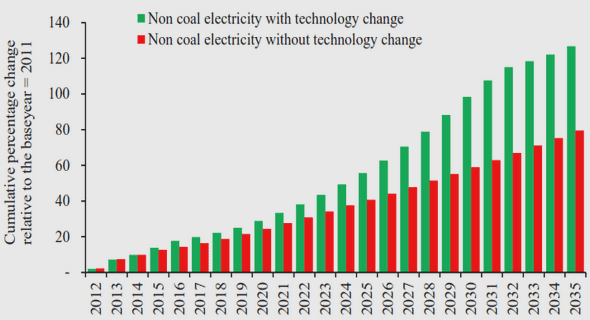(Downloads - 0)
For more info about our services contact : help@bestpfe.com
Table of contents
1 Introduction
1.1 Context
1.2 Size segregation in granular media
1.3 Size segregation modelling
1.3.1 Particle scale modelling
1.3.2 Advection-diffusion model for size segregation
1.4 Objectives and scope
2 Presentation of the discrete model, continuous framework and bedload transport configuration
2.1 A Coupled fluid-DEM model
2.1.1 Granular phase
2.1.2 Fluid phase
2.1.3 Averaging procedure
2.1.4 Granular stresses
2.1.5 Extension to bidisperse configurations
2.2 The bedload configuration
2.2.1 Numerical setup
2.2.2 Description of the bedload configuration
2.2.3 Granular rheology in bedload transport
2.2.4 Momentum balance
2.2.5 Discussion on the Shields number definition
3 Segregation mechanisms analysis and continuum modelling
3.1 DEM simulations of segregation dynamics
3.1.1 Numerical setup
3.1.2 Results
3.1.3 Dependence on the inertial number
3.1.4 Bottom controlled segregation
3.1.5 Size ratio influence
3.2 Discussion in the framework of continuum modelling
3.2.1 Local mechanism interpretation
3.2.2 Diffusion and upscaling in a continuum framework
3.3 Conclusion
4 From particle-scale to continuum modelling of size segregation
4.1 Advection-diffusion segregation model based on particle-scale forces
4.2 Numerical resolution strategy
4.2.1 Formulation of the finite volume method
4.2.2 Estimation of the advective flux with Godunov scheme
4.2.3 Estimation of the diffusive flux
4.2.4 Boundary condition
4.2.5 Algorithm implementation
4.3 Results and Discussion
4.3.1 Results
4.3.2 Interpretation
4.3.3 Missing dependencies in particle scale forces
4.3.4 Influence of the size ratio
4.4 Conclusion
5 Sediment mobility of bi-disperse mixtures during bedload transport
5.1 Numerical setup
5.2 Enhanced mobility due to bidispersity
5.3 Interpretation as a granular process
5.4 A predictive model for the additional transport
5.5 Discussion and conclusion
6 Conclusions and perspectives
6.1 Conclusions
6.2 Perspectives
6.2.1 Interpretation of size segregation in laboratory experiments
6.2.2 Extension to other configurations
6.2.3 Rise of a large intruder
6.2.4 Diffusive remixing



